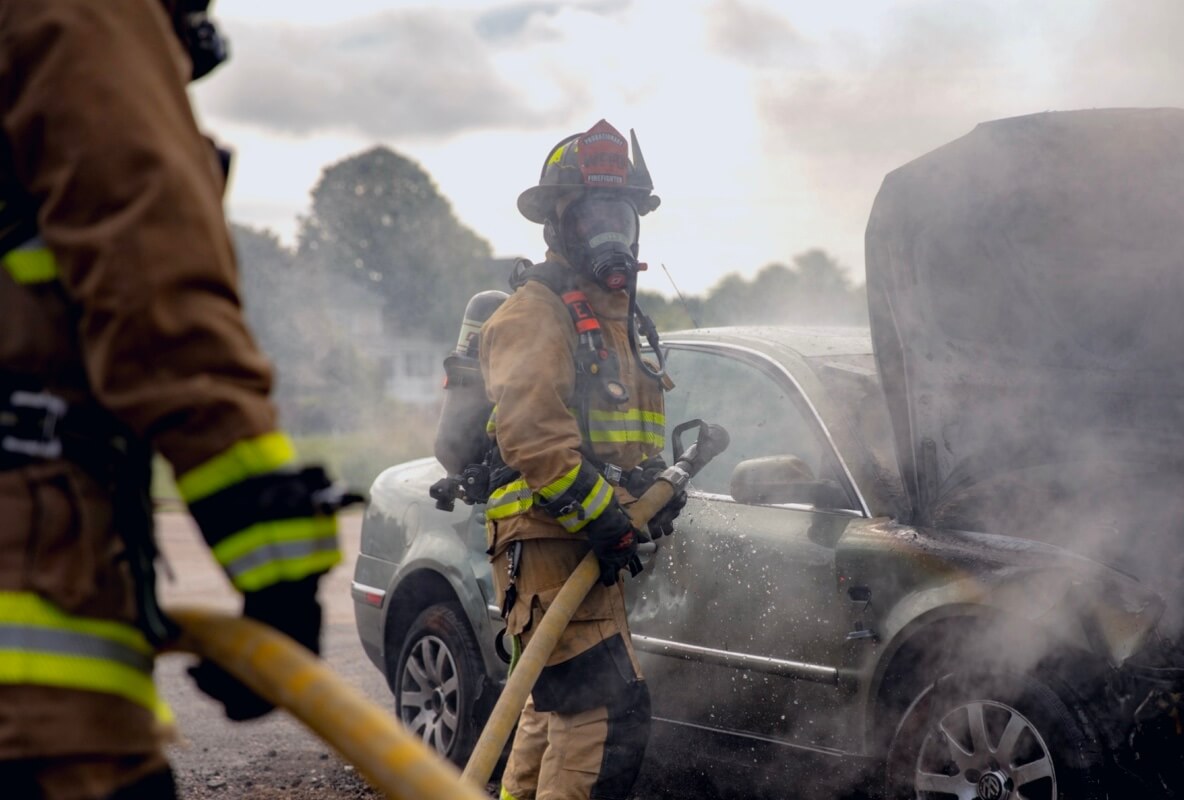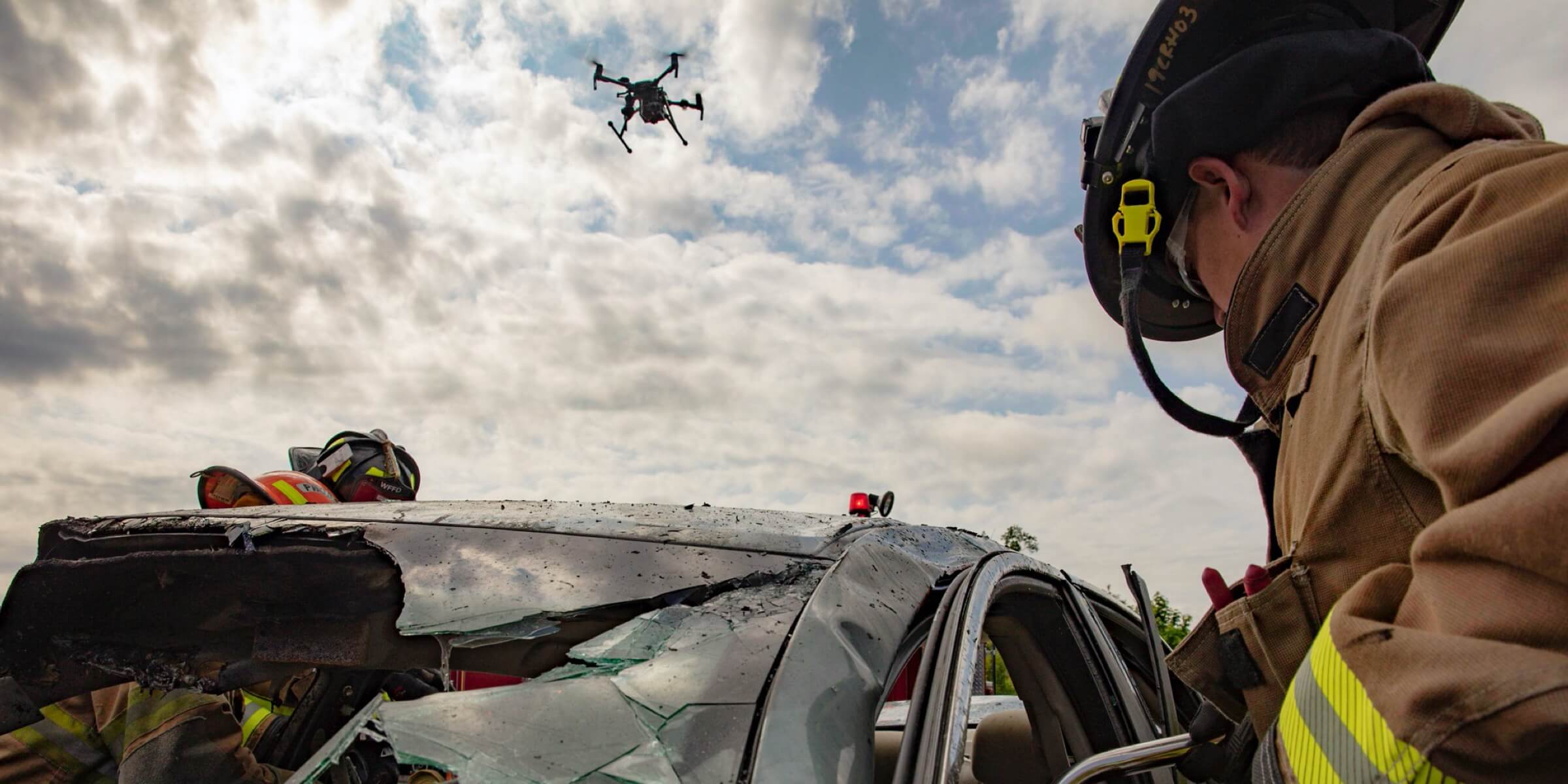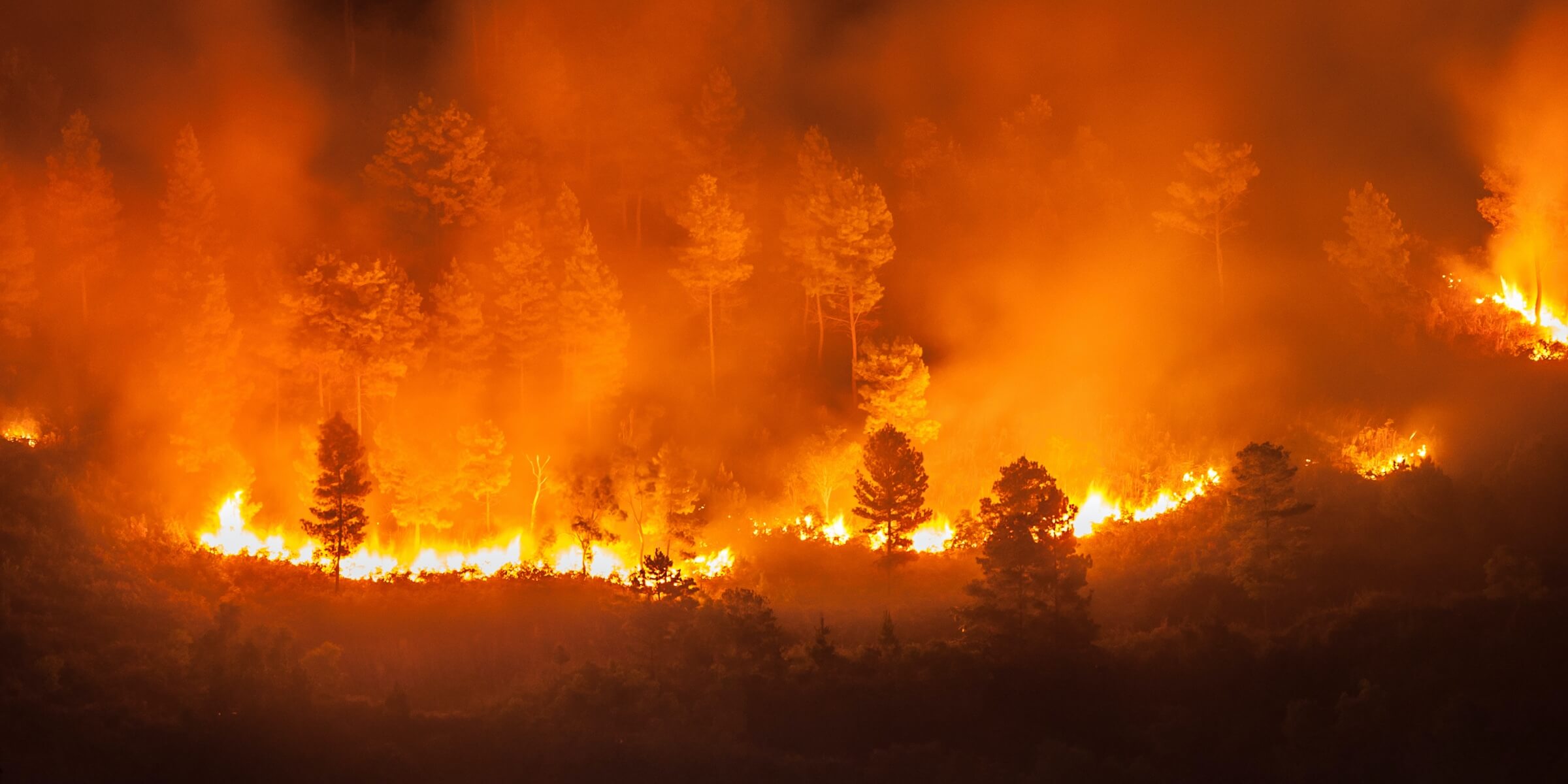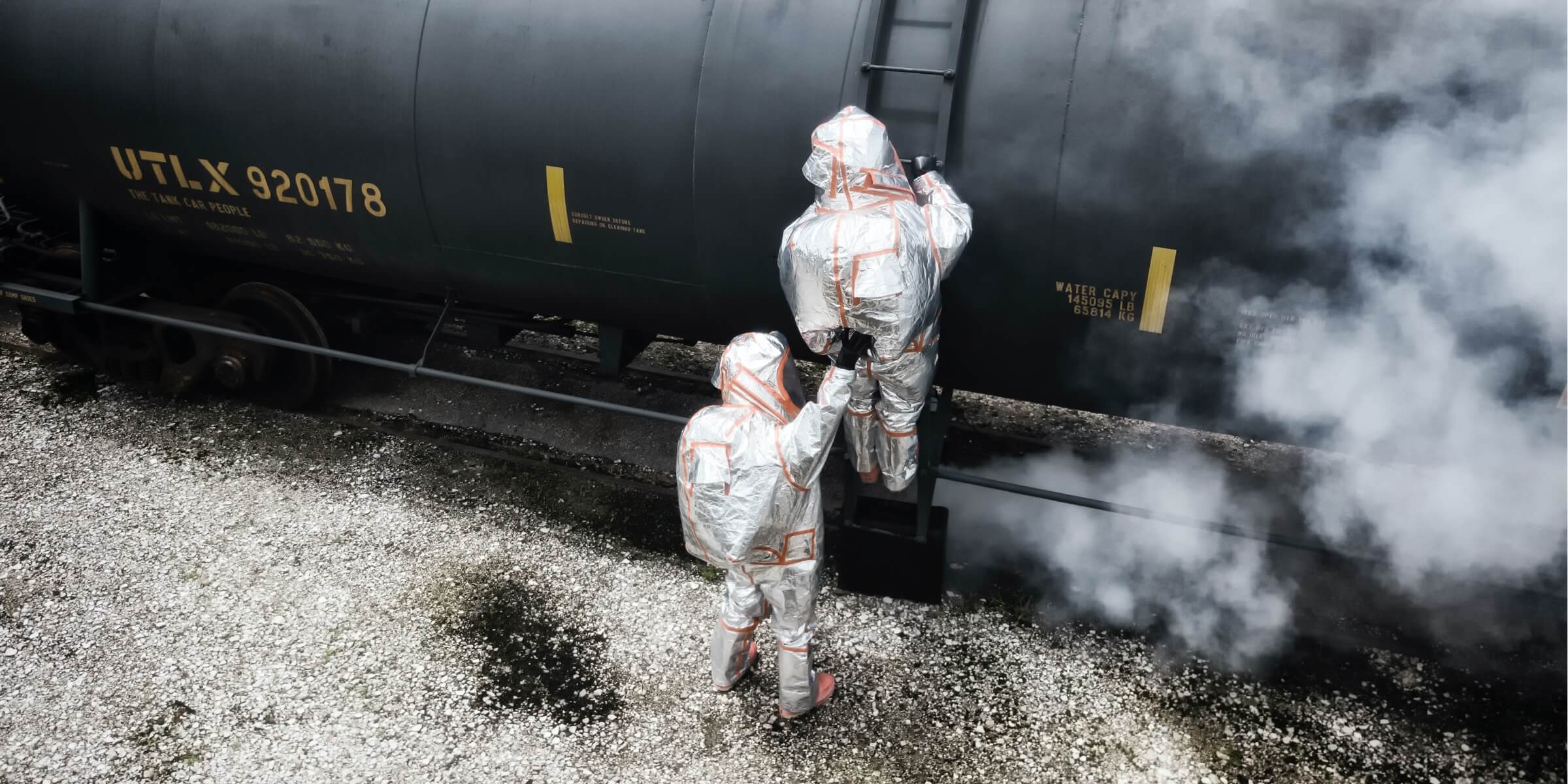Firefighting


Drone technology arms firefighters with aerial insight enabling rapid, efficient, and informed decisions to maximize safety.
Firefighters are quickly adopting next-generation aerial tools, ranging from multi-gas detectors to high-resolution thermal and visual cameras, enabling rapid and informed decisions when responding to volatile emergency situations.
Firefighting Key Benefits
- Urban Firefighting - Provide immediate aerial intelligence and guide optimal response to protect people and property
- Forest Firefighting - Scan vast areas and quickly identify fire lines, assess their threat, and optimize response
- HazMat Operations - Rapidly and remotely identify threats while keeping response teams safe
Urban Firefighting

Traditional Challenges Urban Fire Response
- Arriving on scene, smoke, buildings, and obstacles can make it challenging to determine the scope of a fire and its threat
- Limited ground perspectives on the fire can hinder the optimal deployment of attention and resources
- In the aftermath of a fire disaster, it can be hazardous and costly to survey and document damage
How Drones Aid Urban Firefighting
- Fly over buildings and obstacles, and see through smoke with thermal cameras to help prioritize targets
- Stream live video intelligence back to command centers to align teams and eliminate uncertainty
- Leverage high-resolution cameras to remotely monitor remaining threats and document damage for future analysis
Forest Firefighting

Traditional Challenges For Forest Firefighting
- Inadequate road infrastructure and complex terrain makes patrolling high-risk forested regions challenging for ground teams
- From the ground, it can be difficult to quickly determine the scope of a fire and to prioritize targets
- Without eyes on scene, it can be challenging for incident commanders to optimally direct the front line
How Drones Facilitate Forest Firefighting
- Bypass natural obstacles and quickly scout high-risk forested regions from above
- Fly above the tree-line to quickly ascertain the scope of the fire, and establish fire lines and firebreaks
- With an eye in the sky, incident commanders can determine where to deploy resources
HazMat Operations

Traditional Challenges for HazMat Teams
- Before teams can move in, gaining mission-critical situational awareness costs precious time when every moment matters
- HazMat teams are exposed to great risk when they assess for gas, liquid, and solid hazardous materials
- Disposable HazMat suits and equipment are expensive and cumbersome, increasing response times and operation costs
How Drones Aid HazMat Operations
- Rapidly scan the hazard and its surroundings, and provide incident commanders with critical intelligence to guide next steps
- Hover near and remotely assess the nature of threats with thermal cameras and multi-gas detector payloads
- Capture evidence of HazMat and clean-up procedures for cost analysis and future training documentation


